
THE XERCES SOCIETY FOR INVERTEBRATE CONSERVATION Aquatic Invertebrates in Pacific Northwest Freshwater Wetlands |
| Identify taxa |
Plecoptera The common name for Plecoptera is derived from the tendency of the larvae (also called nymphs) to inhabit rocky substrates of streams, rivers, or lake margins. Stoneflies are known and loved by fly fishers and fish alike. They are important predators and shredders in aquatic ecosystems and a good food source for many game fishes. As a family, they are especially sensitive to human disturbance in watersheds and thus can be excellent indicators of water quality. However, due to their preference for flowing waters, they are unlikely to be found in freshwater wetland habitats. Plecoptera are one of the most ancient insect orders. They undergo incomplete metamorphosis, so the nymphs look similar to the adults. Some adults even retain gill remnants on their thorax or neck. Stonefly adults are generally weak fliers and stay close to stream, river, or lake margins where the nymphs are likely to be found. The nymphs occur mostly in flowing water, but can be found under the stones of rocky lake margins or (in the case of one Capniidae species) deep in Lake Tahoe. Plecoptera typically have flattened, somewhat roach-like bodies that are well-adapted for living under and between rocky substrates. Their shape also helps them move aerodynamically in fast-flowing water. There are two tails (cerci) at the tip of the abdomen, each with many small segments (some common mayflies also have two cerci but most have three). They have two claws at the end of each leg and finger-like gills on the head, thorax, or between the tails, although gills may also be absent. They never have flat, plate-like gills on the sides of their abdominal segments as in the mayflies. |
| Key to Families | |||
| Capniidae (snowflies; slender winter stoneflies) Elongate body, often dark color; sides of abdomen are not usually parallel, may bulge in the middle; no gills in neck region. |
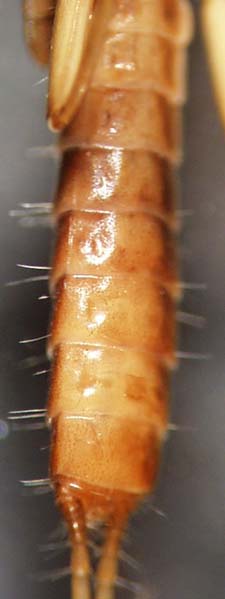  |
||
|
Chloroperlidae (sallflies; green stoneflies) Very common; small, with short tails (about half the length of the abdomen) and relatively short legs; no dense tufts of gills on thorax or abdomen. |
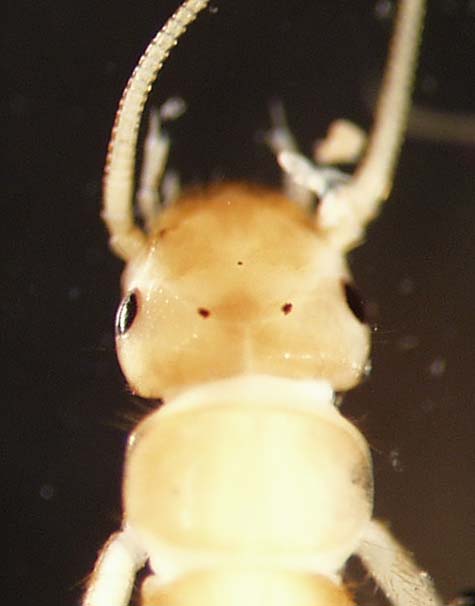 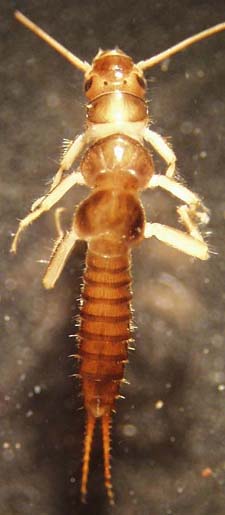 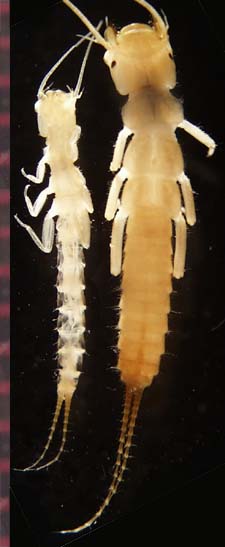 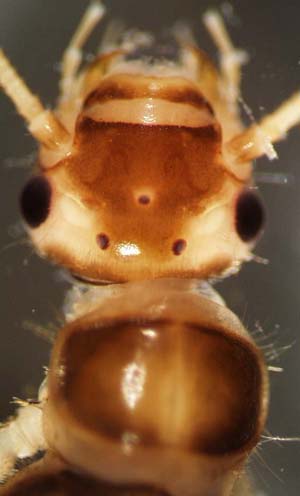 |
|
|
Leuctridae (needleflies; rollwinged stoneflies) Body is long, thin, and parallel sided; may be blanketed in hairs or relatively hairless; no gills in neck region. |
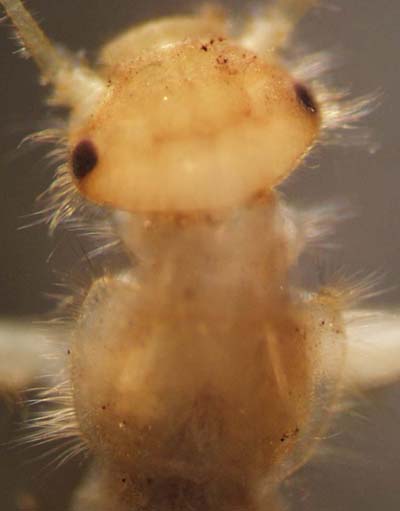    |
|
| Nemouridae (forestflies, little brown stoneflies) Small, robust, hairy body; gills on neck or underside of head only. |
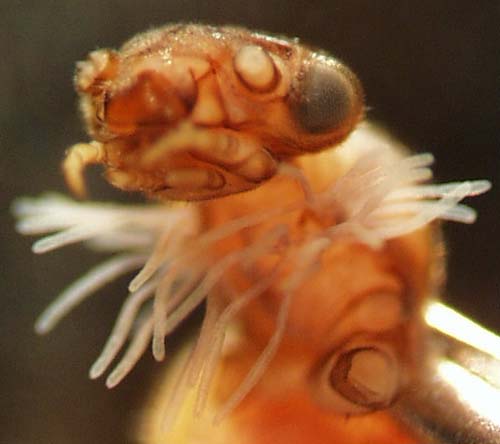 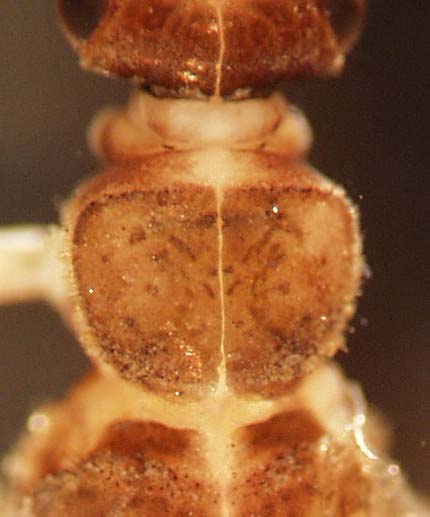 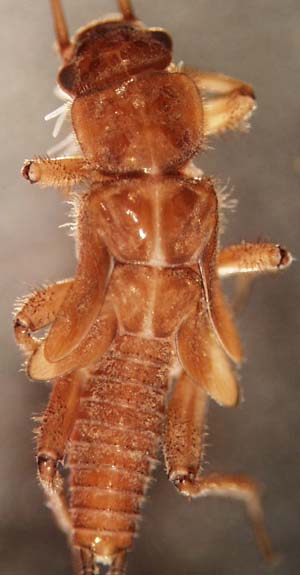 |
||
| Peltoperlidae (roachflies) Roach-like appearance; large plates on top of thorax; small, teardrop-shaped, with very short tails and one or two spear- or finger-like gills under each wingpad. |
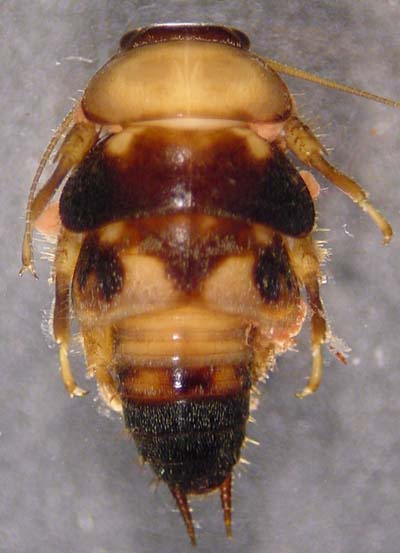 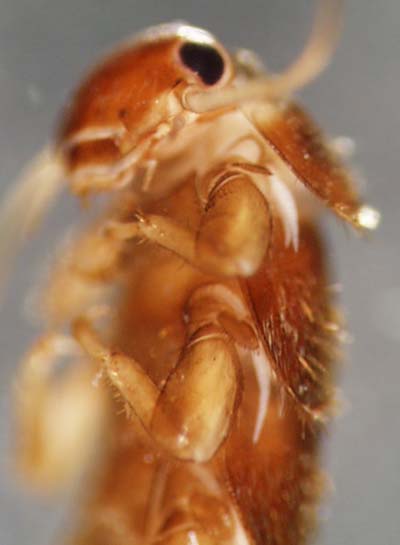 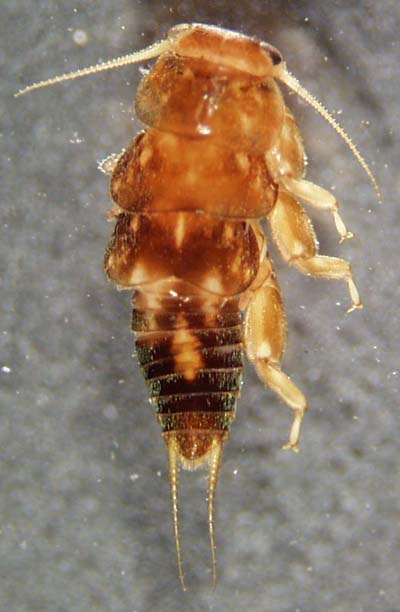 |
||
|
Perlidae (common stoneflies; golden stoneflies) Large, beautiful stoneflies with patterns of brown and yellow; clusters of gills between the legs or tails, but not on the underside of the abdomen. |
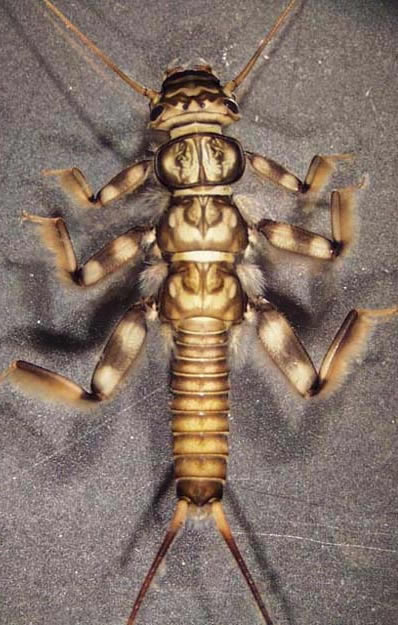  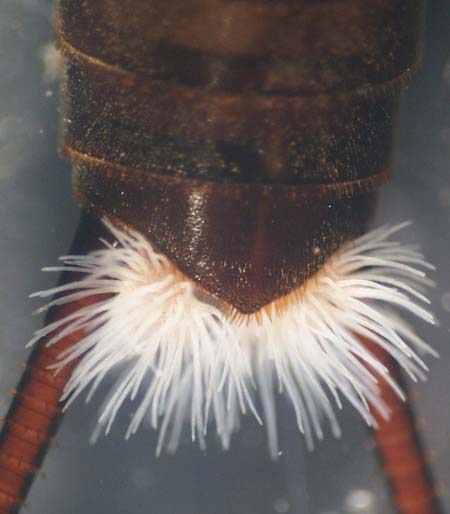 |
|
| Perlodidae (springflies or stripetails) May be quite large, with patterned bodies; one or two finger-like gills between the legs and sometimes on the neck and under the head. |
 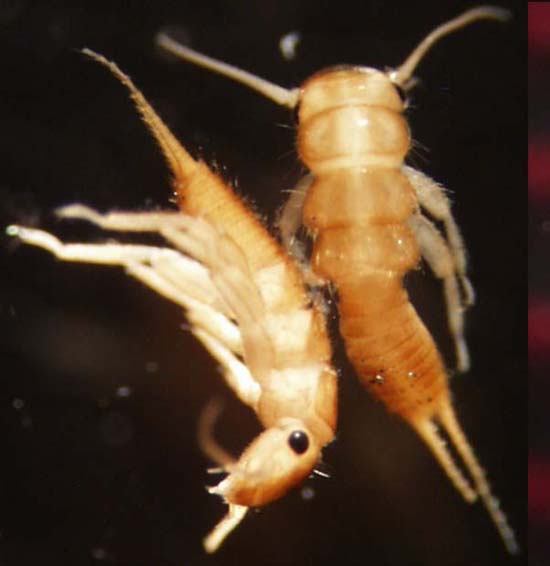 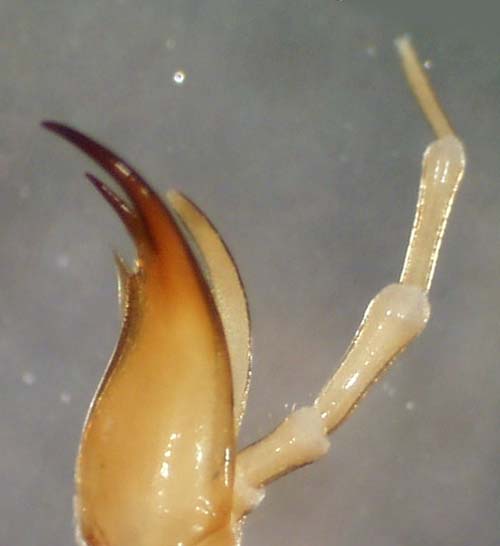 |
||
| Pteronarcyidae (salmonflies or giant stoneflies) Large stoneflies with dense clusters of gills under the thorax and the first two segments of the abdomen. |
  |
||
| Taeniopterygidae (willowflies; winter stoneflies) Small with one jointed or telescope-like gill at the base of each leg. |
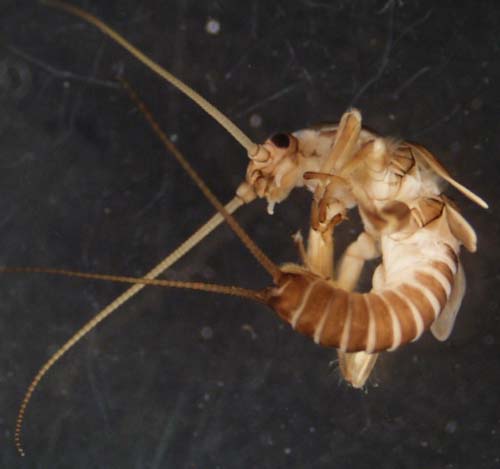  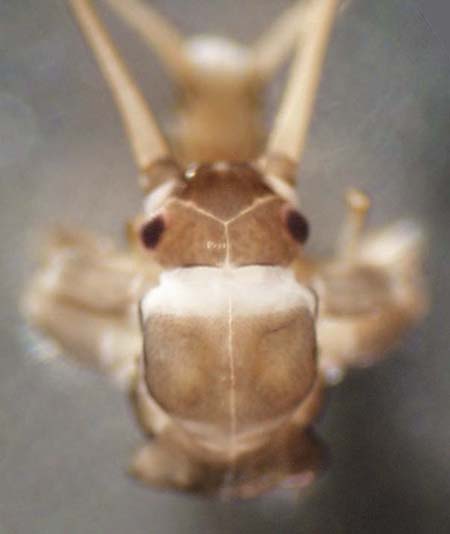 |
|
Capniidae (snowflies or slender winter stoneflies) |
© 2007 Xerces Society
Contact info@xerces.org